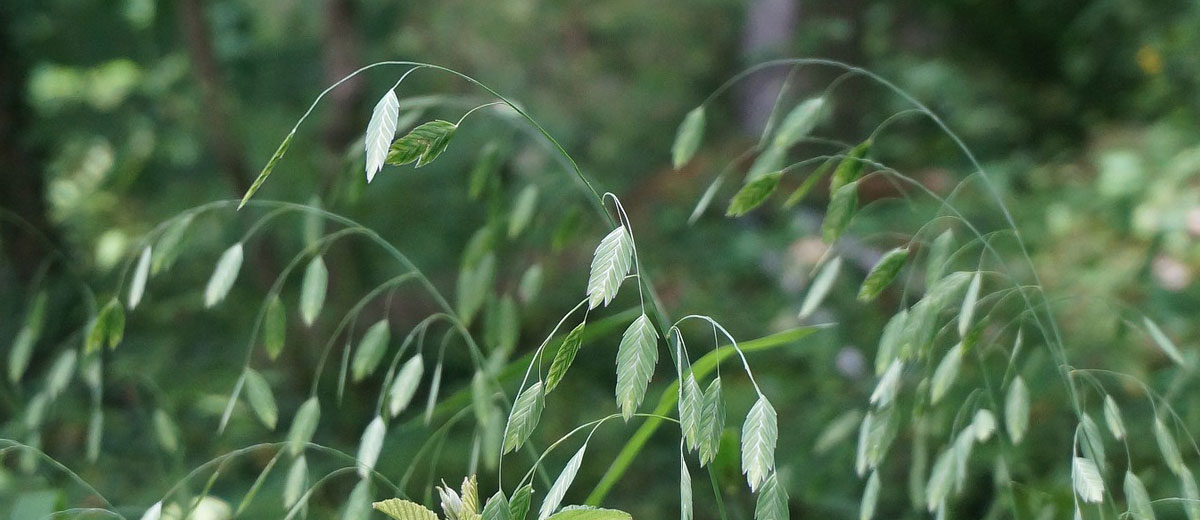
Know Your Enemy! Wild Oat Biology
Wild oats are not a new weed to Saskatchewan, but in the last five weed surveys conducted in the province, this weed has consistently ranked #3.

The last herbicide resistant weed survey was completed in 2014-2015. The most recent survey was started in 2019 in the southern part of the province and the rest of the province will be surveyed in 2020. Even though producers have been dealing with wild oats for many years, herbicide resistance in this weed is increasing. Knowing a bit about the weed you are dealing with and whether or not it is resistant, will go a long way in being able to control it.
Wild oats are a C3 plant (as most plants are), which means these plants are more efficient at photosynthesis in cooler, wet climates. C3 plants also have a lower optimum temperature than C4 plants (corn, kochia, etc.).
The conditions required for wild oats to germinate can range:
- Temperature/timing: The optimum temperature for wild oats to germinate is 15-21°C, but it can fluctuate. Germination won’t occur at temperatures below 5°C. Wild oats usually emerge in early spring, mid-April to mid-May, although they may still emerge throughout the growing season.
- Seed depth: Most germination will occur at seed depths of 2 to 5 cm, but if the soil is dry, seeds can germinate from as deep as 20 cm. Germination requires a dormant period and no germination will occur if the seeds are exposed to light.
- Longevity: Seeds are usually viable for 4-5 years, but can remain viable for up to 14 years under optimal conditions.
Considerations for control with herbicides:
- Timing: Wild oats can be managed through pre-seed and in-crop herbicide applications. The best control will come with early applications when weeds are at the 1-4 leaf stage, before tillering. Wild oats are prone to premature seed shatter earlier in the fall, so controlling this weed before it sets seed is important. The Guide to Crop Protection will have ranges of timings when application is best to control wild oats, depending on which herbicide will be used.
- Herbicide resistance: While there are still some available herbicide options for controlling wild oats, there is an increase in wild oats that are herbicide resistant. In the last herbicide resistant weed survey in 2014-15, 301 fields had wild oat samples collected. Of those 301 fields, 65% of them had an herbicide resistant population. Group 1 resistant wild oats were confirmed in 59% of the fields sampled, group 2 resistant wild oats were found in 32% of the fields sampled, and group 1 & 2 herbicide resistant wild oats were found in 25% of the fields sampled.
- Plant characteristics: Wild oats have an unusual process of self-burial, where the seeds will bury themselves into the ground. When seeds are moistened, the awn unwinds, and when it dries, the awn will twist again.
Mechanical options can be used to help control wild oat populations:
Wild oats are more abundant in zero-till systems. The seeds are shallower and the seed bank is less persistent, but emergence is earlier and greater. Pre-seed tillage can be used to expose them to the elements and encourage wild oats to germinate early allowing the pre-seed herbicide to control them, or tilling shortly after seeding (when weeds are small) will help crop competition. Weed clipping may be effective for wild oats in shorter crops such as lentils. New research is showing that seed destructors or terminators can be effective on wild oats, if the seeds have not all shattered. Using seed placed fertilizer will also give the crop an advantage versus broadcasting which gives the crop and weeds similar access to fertilizer. Producers may also want to consider adding forages into rotation; silage that cuts the crop and weeds before seed set is useful for controlling wild oats.
Wild oat plants are capable of producing up to 500 seeds (if conditions are perfect), but 100 to 150 seeds are most common, with fewer being produced if plant competition is high. It is important to control weeds early, before they set seed. Weed control should not take a “one-size-fits-all” approach. Understanding the weed population in a field and whether it is resistant to any herbicides will go a long way in managing weeds on your farm.
For more information:
- 2019 Guide to Crop Protection;
- Contact the Crop Protection Laboratory about Herbicide Resistance Testing; or
- Contact your local Crops Extension Specialist.
For the latest information and for more updates on everything Kindersley ‘Like’ the Kindersley Social Facebook page below…








































